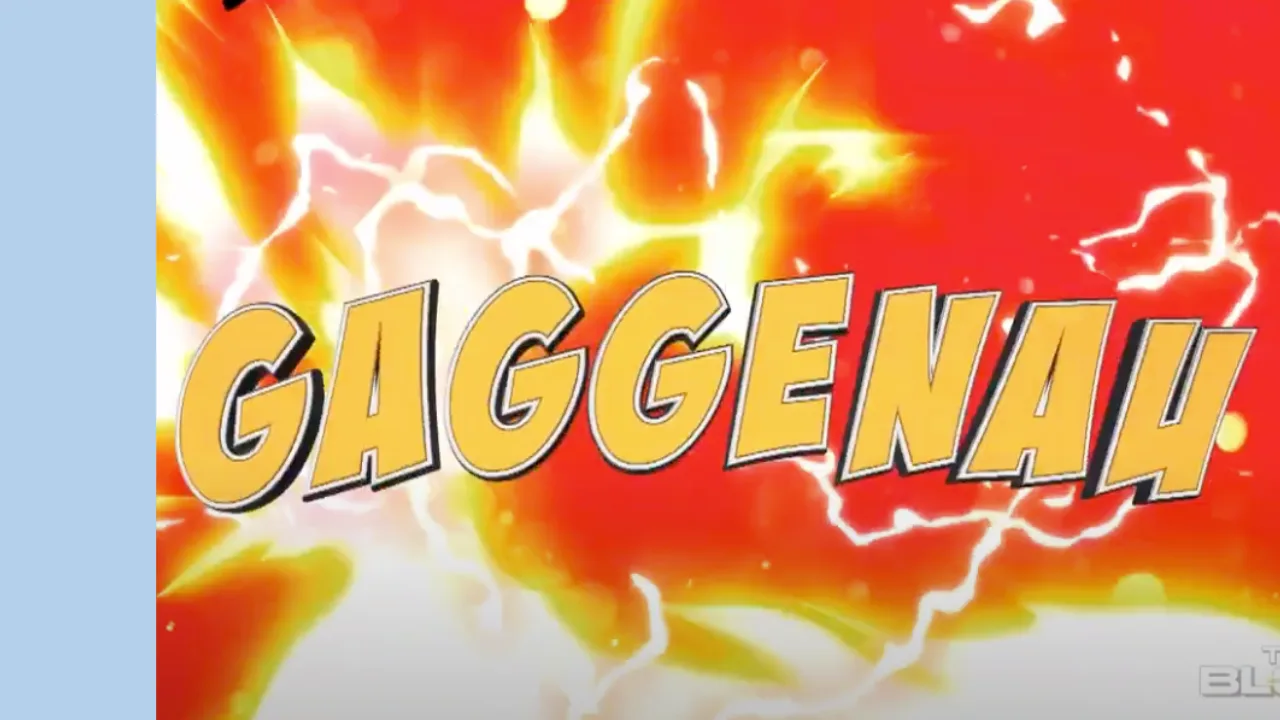Telstra Corporation Ltd (ASX: TLS) shares have snapped back from its recent lows of $2.87 to trade over $3 today and analysts seem bullish.
Who is Telstra?
Telstra is Australia’s largest and oldest telecommunications business, having built the first telegraph line in 1854. Starting in 1997 (until 2006), the Australian Government sold Telstra to Australian investors via the ASX. The second batch of Government share sales, called “T2”, was conducted in 1999 at $7.40 per share.
How Does Telstra Make Money?
Today, the company provides more than 17 million retail mobile services, nearly 5 million retail fixed voice services (e.g. home phones) and 3.6 million broadband services. Telstra also has operations stretching across eHealth, network applications and subsea cabling.
In its 2018 financial year, Telstra reported total income of $28.6 billion and free cash flow of $4.9 billion. That much free cash flow is terrific.
However, of the five businesses or ‘operating units’ it runs, it was only Telstra’s mobile and network applications services (NAS) businesses which made strong strides forward.
Mobile has long been the jewel in Telstra’s crown because the NBN has taken away its competitive advantage in the broadband and home phone services market. Mobile packages account for 39% of revenue.
With regards to the broadband units, I see no reason why the recent (negative) trends won’t continue as they have in recent years, especially as Vodafone, TPG Telecom Ltd (ASX: TPM), Vocus Group Ltd (ASX: VOC) and a small number of start-up internet providers increase the pressure on Telstra.
Looking Ahead
Telstra has long been a mature business, or ‘ ex-growth’ as a cynic might say. As part of the Telstra 2022 or “T22” strategy, Telstra has recognised that its shareholders may be best served by cutting the fat and getting back to basics. This won’t be a seamless transition.
For example, mobile plans with transparent pricing — opposed to outrageous overcharges — are now being offered to customers. This will cost Telstra about $500 million in revenue over three years.
Telstra will also cut 8,000 jobs and simplify its organisational structure, eliminating costs and bureaucracy. It plans to save $2.5 billion of costs in the coming years.
Balance Sheet & Dividends
Cutting costs should help Telstra maintain its cash flows and dividends for the foreseeable future. However, its balance sheet is still heavily geared.
One concern I have with owning Telstra shares is the increased risk associated with the business. Without its margin-thick broadband business Telstra should get on with eliminating its $15 billion+ mountain of debt, in my opinion.
In recent years the company has taken advantage of low interest rates, which is fine. But rising interest rates are a big potential handbrake on the returns facing all of these ‘income plays’ in the sharemarket.
Admittedly, Telstra isn’t silly so most of its debt is fixed rate. But as a long-term investor, a stretched balance sheet doesn’t get me excited to buy shares (to say the least). Management have signalled asset sales to “strengthen” the balance sheet. But exactly how it will be ‘strengthened’ is not clear.
Analysts Agree…
Analysts surveyed by Morningstar are currently forecasting Telstra shares to yield a dividend of around 17 cents per share (per year) over time. That’s down from a few years ago. But at the current share price, it represents a potential yield in excess of 5%.
And perhaps pleasingly for shareholders, despite the looming fall in dividends per share, of the 13 analysts surveyed by The Wall Street Journal, 8 of them are either “overweight” (1) or have a “buy” rating (7) on Telstra shares. Meaning, more than 60% of analysts expect Telstra to perform better than the market.
Buy, Hold or Sell
In my opinion, Telstra shares are not worth buying at this time or price. Not because they are overvalued but simply because I believe there are far better opportunities for investors who care about making better-than-average returns over the long run.
Put another way, Telstra could execute on its plan and pay down debt and return excess cash to shareholders via dividends — while fending off the intense competition.
But with over 2,000 companies on the ASX, many diversified ETFs, low-cost index funds and thousands of other companies overseas, why take the risk?
We don’t have to buy shares in Telstra just because they’re sitting right in front of us.
If you’re looking for 3 other ASX shares (with dividends and growth potential) to add to your 2019 watchlist, access my free report below…
[ls_content_block id=”14945″ para=”paragraphs”]










